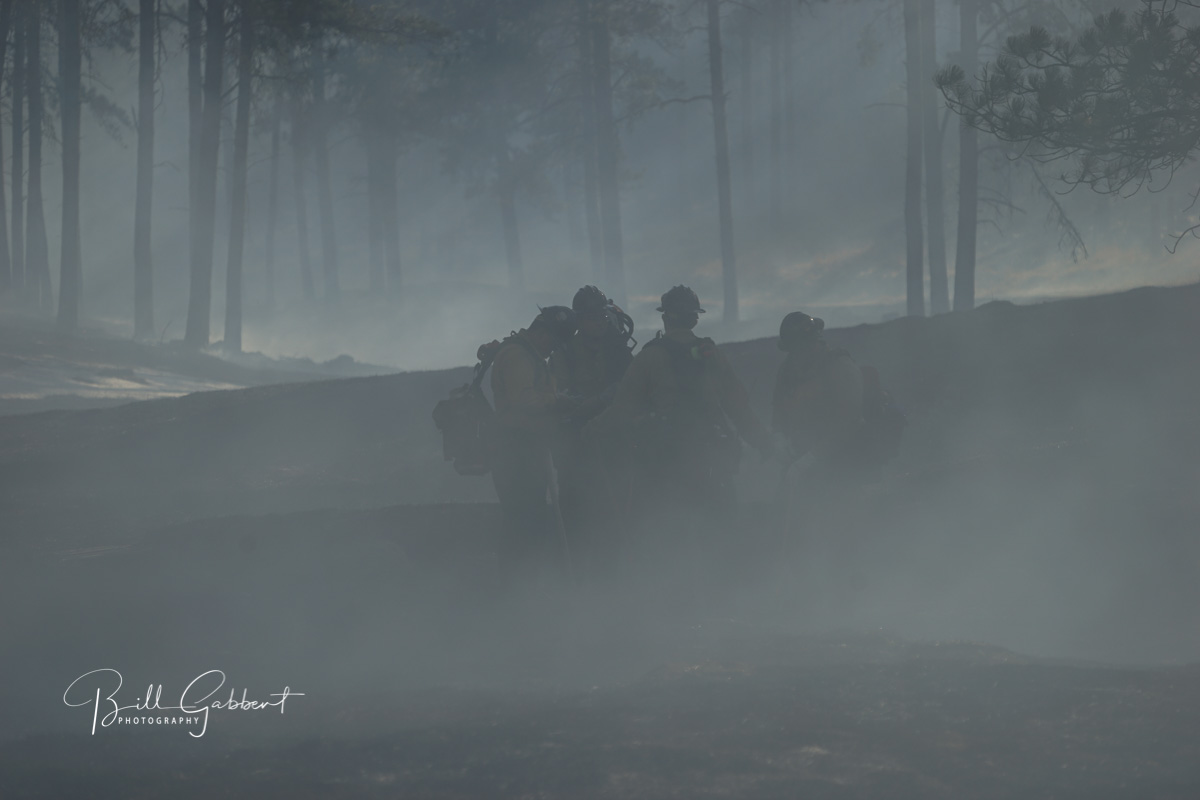UPDATED at 10:45 a.m. MDT Nov. 21, 2019
On November 21 the National Firefighter Registry that is being created by the National Institute for Occupational Safety and Health (NIOSH), a division of the Centers for Disease Control and Prevention, released information about their accomplishments. We are updating this article originally published November 17, 2019 to include the new data.
Milestones from this Quarter
Much of the work this quarter focused on creating the NFR protocol, filling staffing needs, and meeting with firefighters and stakeholders about the NFR. Some of our key milestones for this quarter include:
- Reviewed Federal Register comments made on the NFR’s Request for Information (RFI). Thank you to those that were able to provide feedback. These comments are very helpful in guiding the development of the NFR.
- Began development of the protocol, informed consent document, and enrollment questionnaire.
- Started gathering details on record keeping systems at fire departments to better understand what data are available and potential mechanisms for importing the data.
- Made progress on developing requirements for the registration web portal.
- Held discussions with representatives from select state cancer registries and related organizations to better understand cancer surveillance on a national level.
- Hired a new health scientist, Andrea Wilkinson, formerly of the First Responder Health & Safety Laboratory at Skidmore College.
Created the NFR webpage https://www.cdc.gov/niosh/firefighters/registry.html - Began formation of the NFR Advisory Committee. This committee will include at least 10 members with various backgrounds, expertise, and experience related to firefighter health and research.
Next Steps
- Finalize protocol and consent form
- Begin Office of Management and Budget (OMB) clearance process for enrollment questionnaire
- Hire Health Communications Specialist
- Continue conversations with stakeholders and obtain their support
- Continue conversations with select fire departments throughout the country.
(Originally published at 9:54 a.m. MDT Nov. 17, 2019)
The National Firefighter Registry, originally called the Firefighter Cancer Registry in the authorizing legislation, has released very broad time-based goals for implementing a system which hopefully can identify any relationships between cancer and occupational exposure to toxicants.
Earlier this year the National Institute for Occupational Safety and Health (NIOSH), a division of the Centers for Disease Control and Prevention, asked firefighters for input on how to maximize participation in the Registry (perhaps working on the first goal in the timeline chart). That comment period ended May 28, 2019.
From the time line, it appears that NIOSH hopes to begin enrolling firefighters sometime between 2019 and 2022.

Previous studies, including one completed by NIOSH in 2014, have highlighted firefighters’ increased risk for certain cancers compared to the general population. However few previous studies have collected data about wildland firefighters, volunteer firefighters, or sufficient numbers of female and minority firefighters in order to draw conclusions regarding their risk of cancer.
In one study that collected data from wildland firefighters in the field, a group of researchers concluded that firefighters’ exposure to smoke can increase the risk of mortality from lung cancer, ischemic heart disease, and cardiovascular disease by 22 to 39 percent. The project only looked at the wildland fire environment, and was not a long term study of firefighters’ health.
The ultimate goal of the Registry is to better understand the link between workplace exposures and cancer among firefighters. The Registry will include all U.S. firefighters, not just those with a cancer diagnosis. The Registry also has the potential to provide a better understanding of cancer risk among subgroups such as women, minorities, and volunteers, and among sub-specialties of the fire service like instructors, wildland firefighters, and arson investigators.
From the Registry information, CDC/NIOSH will estimate an overall rate of cancer for firefighters. They might find certain groups of firefighters are at a higher risk of cancer than others based on level of exposure, geography, gender, or other factors. They may also find that certain protective measures are associated with a reduced risk for cancer, which could provide additional evidence and support for specific control interventions.
The Registry will be completely voluntary, and no one can force a person to join.
All active and retired as well as volunteer, paid-on-call, and career firefighters will be encouraged to join the Registry, regardless of their current health status.
CDC/NIOSH promises that they will always maintain participants’ privacy and will never share personal information with an outside organization including fire departments, unions, or other researchers without permission of the individual.


Great to know that there are studies in process for protecting our firefighters.
I suspect you are aware that the NFPA Research Foundation is also doing a smoke study in relation to firefighters. The group has been working about a year now but as near as I know they have yet to reach any conclusions, recommendations, etc.